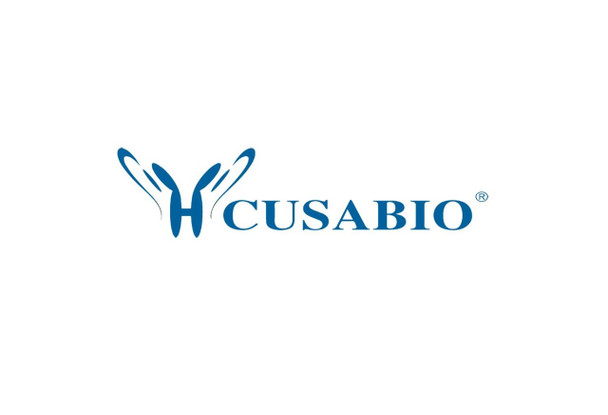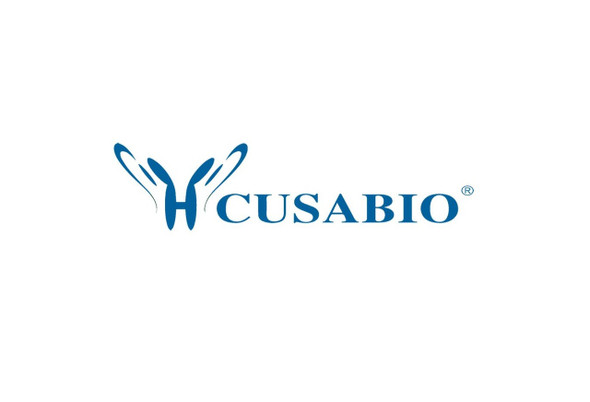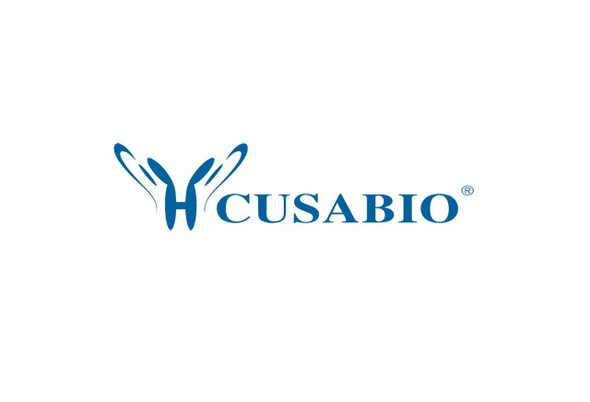Cusabio Mouse Recombinants
Recombinant Mouse C-type lectin domain family 4 member K (Cd207), partial | CSB-EP837695MO
- SKU:
- CSB-EP837695MO
- Availability:
- 3 - 7 Working Days
Description
Recombinant Mouse C-type lectin domain family 4 member K (Cd207), partial | CSB-EP837695MO | Cusabio
Alternative Name(s): Langerin CD_antigen: CD207
Gene Names: Cd207
Research Areas: Signal Transduction
Organism: Mus musculus (Mouse)
AA Sequence: QAVFYPRLMGKILDVKSDAQMLKGRVDNISTLGSDLKTERGRVDDAEVQMQIVNTTLKRVRSQILSLETSMKIANDQLQILTMSWGEVDSLSAKIPELKRDLDKASALNTKVQGLQNSLENVNKLLKQQSDILEMVARGWKYFSGNFYYFSRTPKTWYSAEQFCISRKAHLTSVSSESEQKFLYKAADGIPHWIGLTKAGSEGDWYWVDQTSFNKEQSRRFWIPGEPNNAGNNEHCANIRVSALKCWNDGPCDNTFLFICKRPYVQTTE
Source: E.coli
Tag Info: N-terminal 6xHis-tagged
Expression Region: 63-331aa
Sequence Info: Extracellular Domain
MW: 34.7 kDa
Purity: Greater than 90% as determined by SDS-PAGE.
Relevance: Calcium-dependent lectin displaying mannose-binding specificity. Induces the formation of Birbeck granules (BGs); is a potent regulator of membrane superimposition and zippering. Binds to sulfated as well as mannosylated glycans, keratan sulfate (KS) and beta-glucans. Facilitates uptake of antigens and is involved in the routing and/or processing of antigen for presentation to T cells.
Reference: "Mouse langerin homologue: identification, expression pattern, and chromosomal mapping of the cognate mouse and rat gene."Takahara K., Omatsu Y., Umemoto E., Yashima Y., Matsubara K., Shimoyama S., Iyoda T., Matsuda Y., Inaba K.Submitted (JAN-2001)
Storage: The shelf life is related to many factors, storage state, buffer ingredients, storage temperature and the stability of the protein itself. Generally, the shelf life of liquid form is 6 months at -20?/-80?. The shelf life of lyophilized form is 12 months at -20?/-80?.
Notes: Repeated freezing and thawing is not recommended. Store working aliquots at 4? for up to one week.
Function: Calcium-dependent lectin displaying mannose-binding specificity. Induces the formation of Birbeck granules (BGs); is a potent regulator of membrane superimposition and zippering. Binds to sulfated as well as mannosylated glycans, keratan sulfate (KS) and beta-glucans. Facilitates uptake of antigens and is involved in the routing and/or processing of antigen for presentation to T cells.
Involvement in disease:
Subcellular Location: Membrane, Single-pass type II membrane protein
Protein Families:
Tissue Specificity: Expressed by Langerhans cells. Expressed in dendritic cells and by scattered cells in lymph nodes and spleen. Also detected in some non-lymphoid tissues such as lung, liver and heart.
Paythway:
Form: Liquid or Lyophilized powder
Buffer: If the delivery form is liquid, the default storage buffer is Tris/PBS-based buffer, 5%-50% glycerol. If the delivery form is lyophilized powder, the buffer before lyophilization is Tris/PBS-based buffer, 6% Trehalose, pH 8.0.
Reconstitution: We recommend that this vial be briefly centrifuged prior to opening to bring the contents to the bottom. Please reconstitute protein in deionized sterile water to a concentration of 0.1-1.0 mg/mL.We recommend to add 5-50% of glycerol (final concentration) and aliquot for long-term storage at -20?/-80?. Our default final concentration of glycerol is 50%. Customers could use it as reference.
Uniprot ID: Q8VBX4
HGNC Database Link: N/A
UniGene Database Link: UniGene
KEGG Database Link: KEGG
STRING Database Link: STRING
OMIM Database Link: N/A









